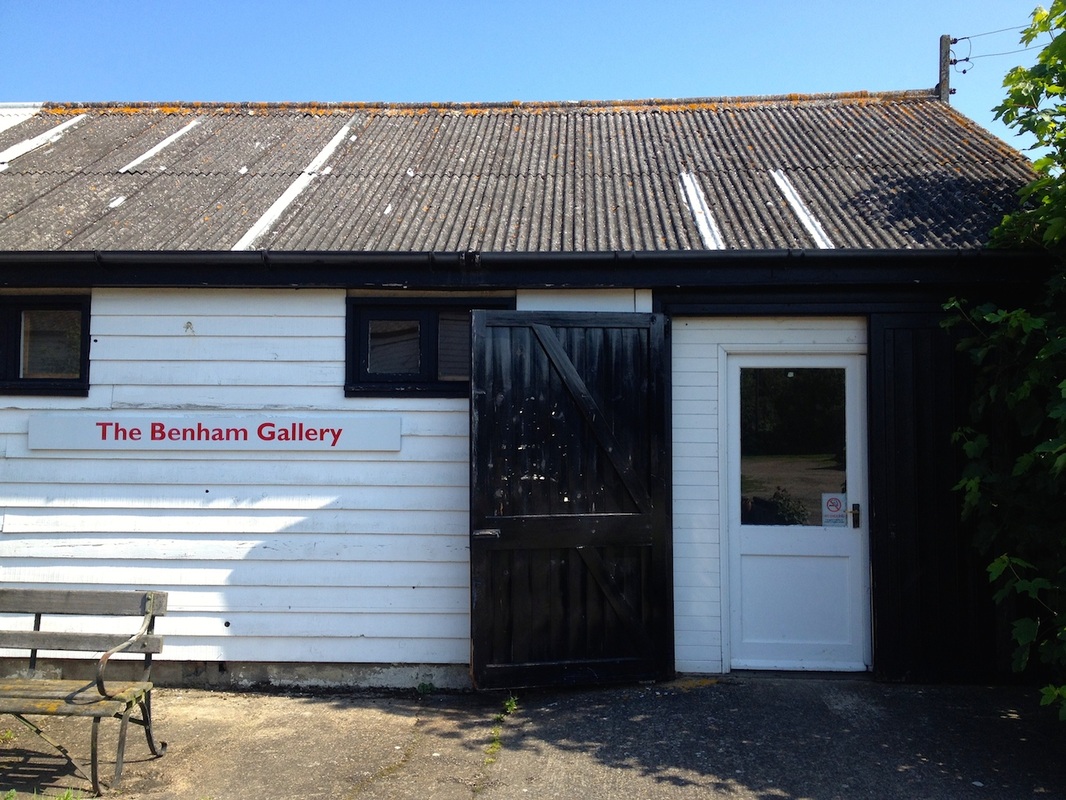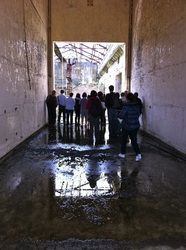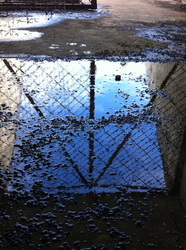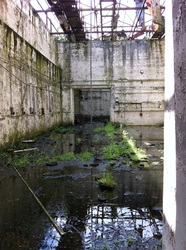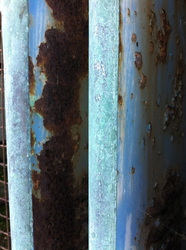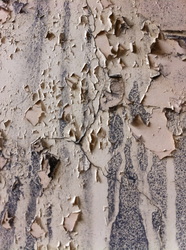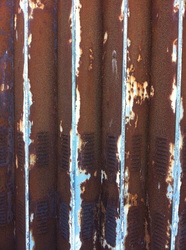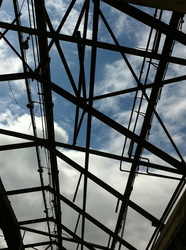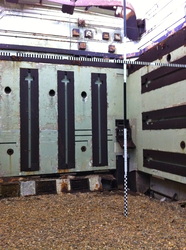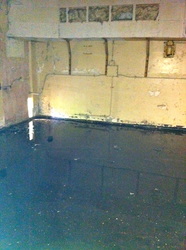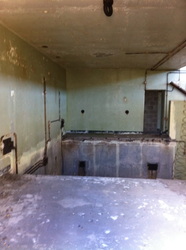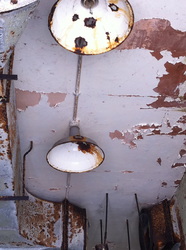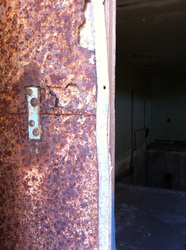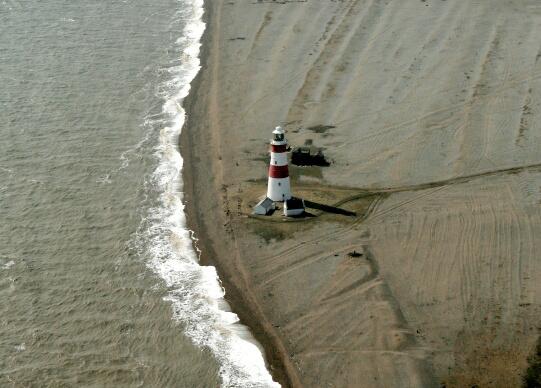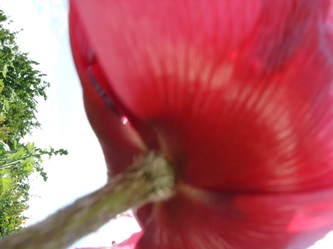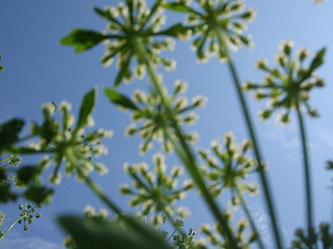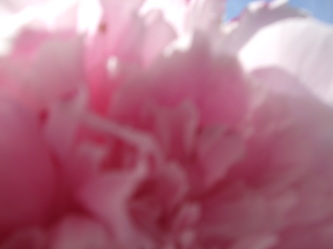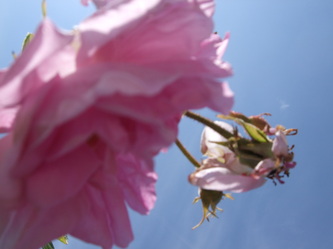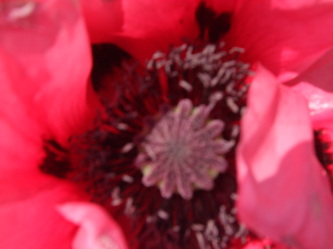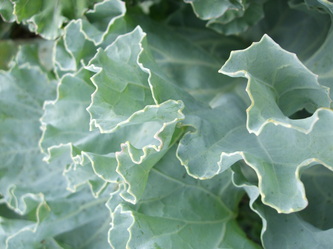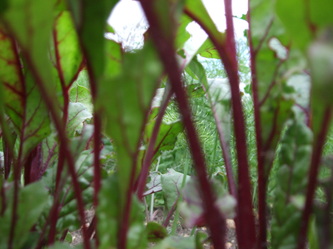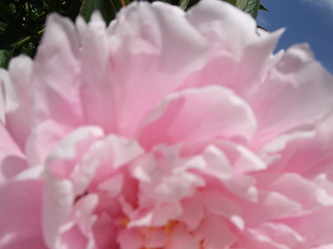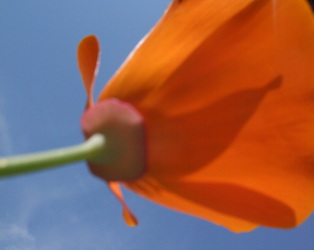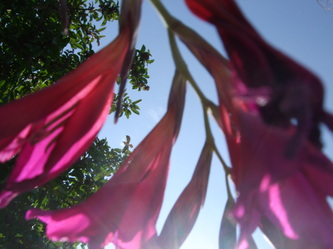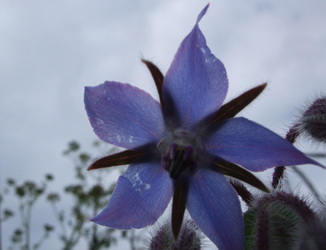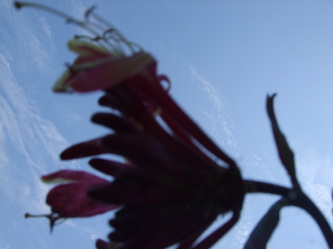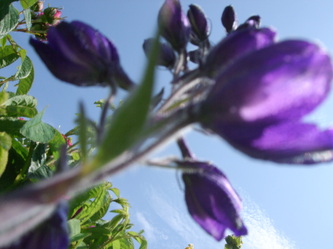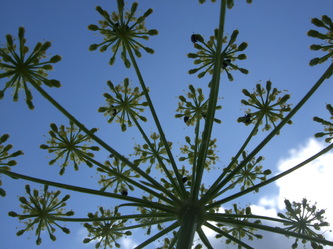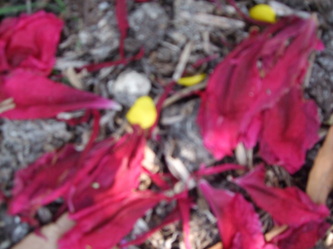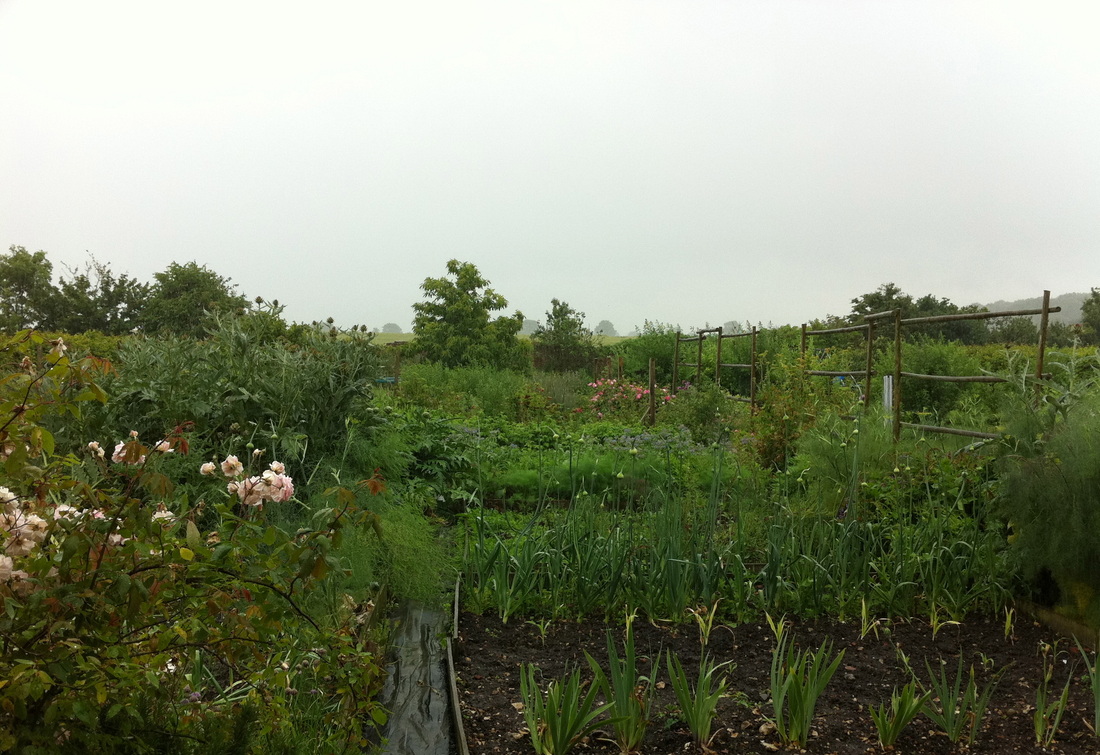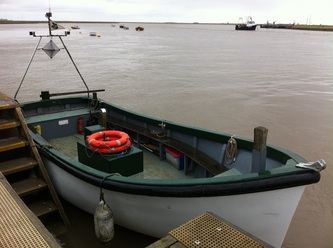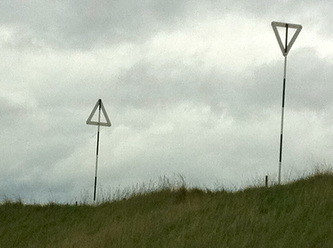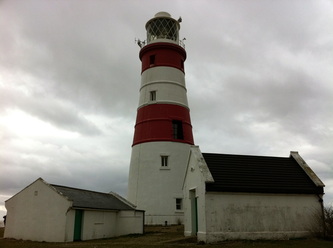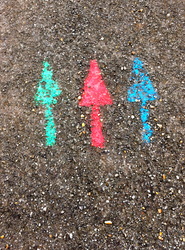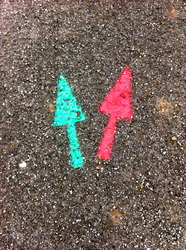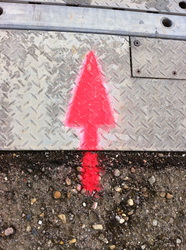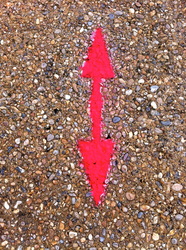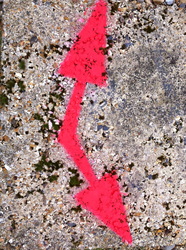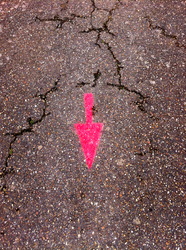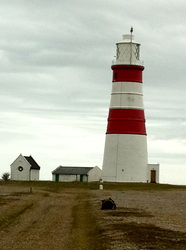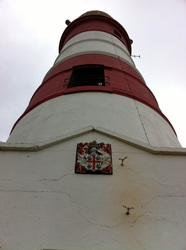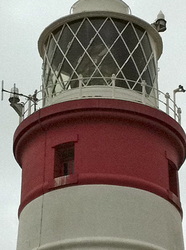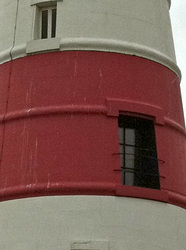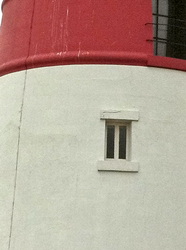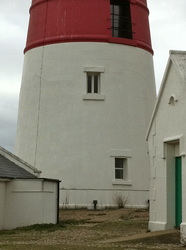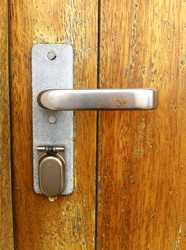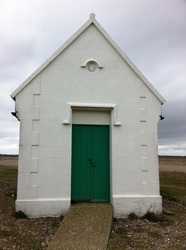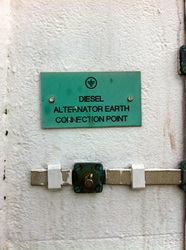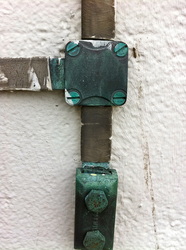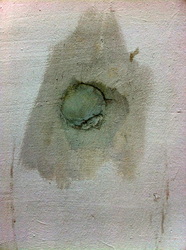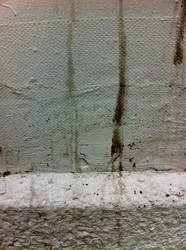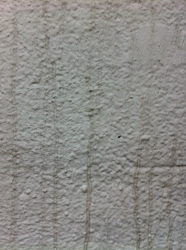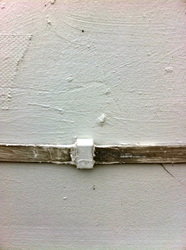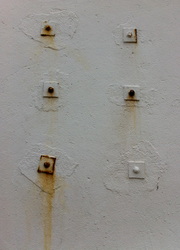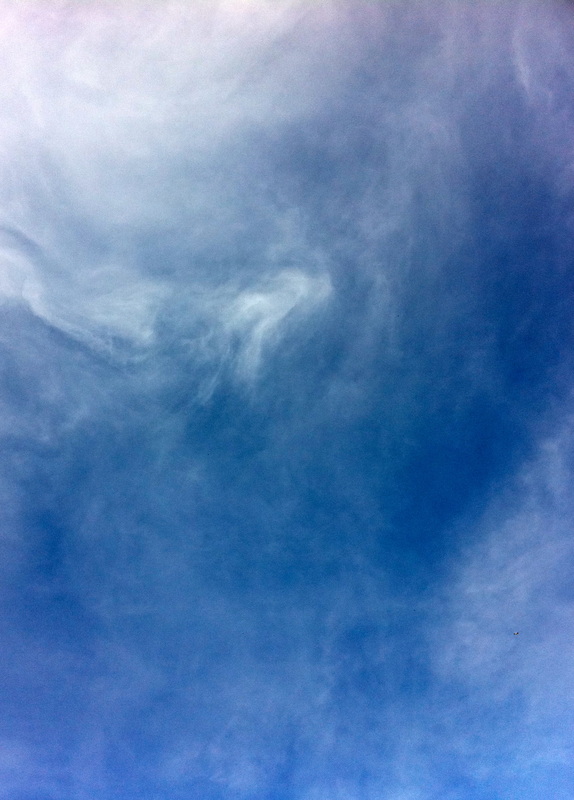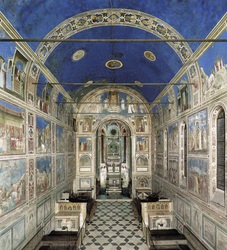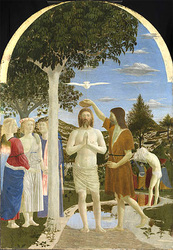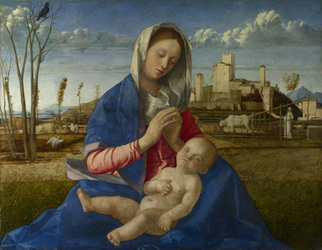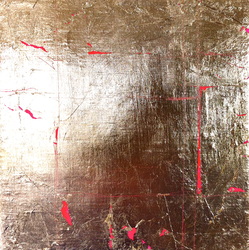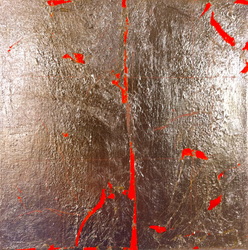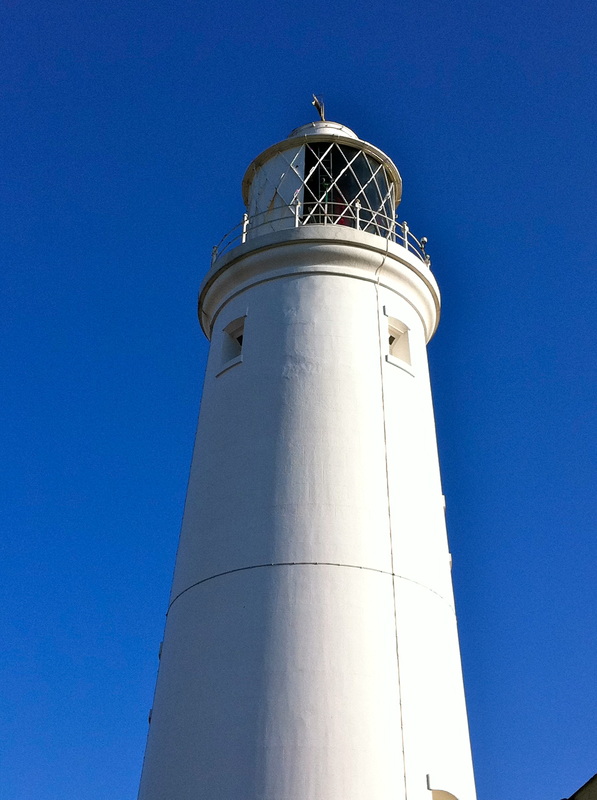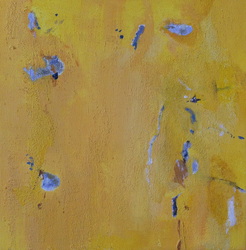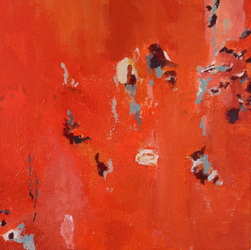|
Well sorry that I haven't been writing on here for a while. Things have been busy with outreach work and various painting projects. However, last week I started a 6 week residency at Cuckoo Farm Studios near Colchester http://www.cuckoofarmstudios.org.uk. I am an Associate Artist there but not a tenant, so it will be interesting to see what working in a collective studios will be like and I'm looking forward to seeing the other artists on the farm.
This residency is part of the series 'Flourish' organised by Cuckoo Farm Studios and as part of it I will be running a blog on A-N Artists Talking. Here is a link to the blog http://www.a-n.co.uk/artists_talking/projects/single/4628674. It would be great if you could take a look and add comments if you would like to.
1 Comment
Last summer I took part in an artists walk and talk visit to the AWRE site at Orford Ness with the artists Jane and Louise Wilson, who showed their work Blind Landing as part of Untrue Island, referring to the Blind Landing Experimental Unit there during the Cold War. The work made great use of the space with a series of site specific installations, using measuring sticks together with captured sound, (the measuring sticks were those used as a measure for scale in the building of film sets). The pieces are set in the old laboratory buildings, 'challenging the sense of scale and ruin, pointing to the architecture of forensics and camouflage, and highlighting their historic relevance as future ruins.' http://www.nationaltrust.org.uk/article-1356392567173
The site was fascinating to explore, with its previous use as an atomic weapons research site, it has its sinister side and still seems shrouded in mystery. However, what I found most fascinating was that particular sense of time and place that is embodied in its surfaces. It has made me think about the essence of place and the way that this can permeate a painting. With the deterioration of this place there is a sense of time, abandonment and loss - poignant, transient and thought-provoking - making us confront issues of mortality. The roofs of most of the buildings, having disappeared gave rise to pools of water after the recent rains - on a bright July day these blue pools seemed to contain the only element of hope - the potentiality of reflections in water - changing, moving, brighter than all the rest and when the sun fades they dim but don't become dilapidated! I wrote this at the time, meaning to put it on the blog and have just found it saved as a draft. Today Trinity House have decommissioned the Orfordness Lighthouse, the water having now got so close to the building. In this case the water is not an element of hope but one of impending damage, the shifting shingle spit a sign of possible climate change. It is sad to see the lighthouse closed, after over 200 years of use. Last summer Trinity House generously allowed me to go in and photograph it and I will soon put these pictures up here. I made a series of work Moments, about time spent in the garden last year based on the times of the Divine Office and have been revisiting these ideas - contemplating this particular space. I took some photographs thinking of time, changing light and the intensity, sensuality and perspective of flowers, with random rather than controlled images, taken haphazardly from underneath the plants. I suppose I wanted to get that sense of the brief life of flowers - blossom, blooming and scattering/dying - what is left at the end? - a lingering essence, perhaps a faint perfume, a return to the earth. Rilke writes beautifully of flowers, particularly roses.
Living in silence, endlessly unfolding, using space without space being taken from a space even trinkets diminish; scarcely the hint there of outline or ground they are so utterly in, so strangely delicate and self-lit—to the very edge: it possible we know anything like this? (R M Rilke The Bowl of Roses - William H Gass Reading Rilke) Recently I have been reading 'The Ecstatic Quotidian' by Jennifer Anna Gosetti-Ferencei who seems to sum up what I was thinking about - an ecstatic moment that can be re-experienced through the garden (or perhaps a painting), but which was probably first experienced very early in the mother/child relationship - a sense of longing or desire and a satiated moment. Something elusive and paradoxical - something in a state of becoming - moving towards perhaps the divine/sublime through the ordinary or everyday. The acknowledged moment becomes suspended in time. I recently came across 'Fenautrigues' by Jean Luc Moulene - which is a photographic study of a French landscape in the Lot, where he reveals the aesthetics of a particular place through the everyday and recording over time. His images of abandonment and nature taking over - becoming - a greenness but with roses still blooming, I found resonant and moving - there is a poetry of time and space. An accompanying essay by Thierry Guichard makes very interesting reading too - memory bound up with experience of place, an endless journey from the end to the beginning replayed and layered with meaning. Last weekend in the sheeting rain, my garden possessed this same spirit - a greenness only broken momentarily by the pink of two roses, more vibrantly expressed in reality than the photograph captures. Is this what I wanted in my paintings? Moments of experience - flashes of recognised emotion. I have now bought 3 slightly larger oak panels to return to another series trying to explore this idea a little more. Went over to Orford Ness on the boat, it being the first day of the new season and the National Trust have started running their boat over to the Ness every Saturday. It was cold, wet and windy, but interesting to finally get to the Lighthouse. A system of arrows directed the way and there are quite a few interesting buildings to encounter whilst you are there. The landscape there is an interesting mixture of grazing land, low lying ditches and lagoons and the wilder expanses of shingle which are completely open to the North Sea and the north-easterly wind which was blowing. Now an SSI with interesting habitats and a vast array of bird and plant life, its previous military uses are very much in evidence, both in the buildings including the AWRE site, where weapons such as Britain's first atomic bomb 'Blue Danube' could be tested in the labs, known locally as 'pagodas' and in the debris and signs warning of the possibility of unexploded ordnance. The lighthouse itself seemed perhaps more ordinary than I'd imagined it. Close to the sea edge and no doubt soon to be lost to the tides, but very well maintained by Trinity House. There was no sign of the generator, cables and fencing which is currently preventing a visit inside, or indeed any indication of what the lighthouse might be like inside, behind the surprisingly plain modern door.
Well I didn't get work into the Woolgather Art Prize but they asked the 400 people who entered to send in an image showing how they spent the day of Sunday 25 March and they are going to include these in a book to go with the exhibition.
For me it was a day of seeing family and friends, taking my mother and Hattie out for a late Mother's Day lunch and travelling across the Fens to see Elizabeth Ikin, a photographer, and her exhibition at the Old Fire Engine House, Ely. The creativity was perhaps in being with people, conversation and noticing things on the journey. The black fields of the fens, set against fresh green growth and a magnificent blue sky - everywhere you looked it dominated - 90% of the view being sky against the remaining 10% small strip of land. The blue of the sky, the uncommon heat of the sun in March and the fact that we had just moved into British Summertime made its blueness even more striking. The colour reminds me of Giotto's Arena Chapel in Padua - saturated in blue, and other Italian painters such as Piero della Francesca and Giovanni Bellini, who use a particular kind of blue. This gets me thinking about pigment - ultramarine, azurite, cobalt blue, cerulean and Prussian blue. Last year I went to a conference on Alchemy in Cambridge and heard a lecture by Spike Bucklow about lapis lazulae which was fascinating - not only in the alchemical process that is used to extract the ultramarine pigment from the rock, but also that it comes from Afghanistan which on the medieval map the 'Mappa Mundi' is just to the right of heaven and so derives its heavenly associations! I have been working with some ideas using neon paint and imitation gold leaf. The gold leaf I have had since doing a medieval material and techniques course some time ago. I wanted to get a sense of layers and looking through - so the paintings have gesso, neon acrylic and the gold leaf on top - I also wanted imperfections - though using gilders size, I don't think I could have had anything other - it is so sticky! In the past I've used egg white which is much easier.
The paintings made me think about what was underneath them - more paint, alterations, trials and errors. Recent field walking with the 'Making a Masterpiece' project in the Stour Valley reminded me of my first job working for an Archaeological Unit in Lincolnshire - fieldwalking, digging, surveying and drawing finds for publication. The hopes that we would go out with and the finds that we would bring back - all fascinating in their own way, layers of history, although not always living up to our expectations! These paintings too - wanting them to be rather bare and minimal, but with a sense of something more perhaps - like scratchcards - all promise?! 'As good as gold' usually a term used for well-behaved children - well here the neon pink and orange is peeping through - so possibly not so well-behaved? Anyway I am pleased that they have been selected for the show 'Fool's Gold' at Cultivate, Vyner Street, London opening on 29 March. Notice To MarinersRegion C10/12 C6 Orfordness AISNOTICE TO MARINERS
No.10/12 C6 EAST COAST OF ENGLAND ORFORDNESS LIGHTHOUSE (ALL Vol. A. 2258) Latitude 52° 05’.033N., Longitude 001° 34’.459E AUTOMATIC IDENTIFICATION SYSTEM (AIS) Amendment: Due to operational reasons the AIS transmission service has been permanently discontinued. MMSI No. : 992351016 By Order, Captain R.H. Barker Director of Navigational Requirements. Trinity House, London, EC3N 4DH. 7th February, 2012 Met the lighthouse keeper, Mr Seaman up at Southwold with Susan and Caroline last Wednesday. He was full of fascinating information about the lighthouses and has looked after Lowestoft, Southwold and Orford Ness from 1989 until 2011. The government's cuts to the lighthouse service and the coastguard seem very short-sighted - they are going to cause a real loss of service and potential loss of lives. They are planning to de-commission the Orford Ness lighthouse by the end of this year and after that it will probably be only a matter of time before it falls into the sea, with the shifting shingle bank and coastal erosion. Last year there was 16m between the high water mark and the tap at Orford Ness, but on one night in December 2011 4m disappeared into the sea.
Mr Seaman spoke of the lighthouses being important not only for their light but also with their electronic aids and as a visible day mark - this is why they are painted different colours or have a different number of stripes to each other - Happisburgh having 3 red stripes, whereas Orford Ness has 2. Mr Seaman's grandfather was lighthouse keeper at Southwold in 1935 when the light was electrfied. In the late 1980's the 3 kw flashing lamp was replaced with 100 w halogen lamp which can run on batteries. It is ironic that that electricity that was originally a bonus for the lighthouse keeper and left him with very little work to do, has in the end made him redundant. Modern ships with their high tech navigation equipment no longer want to pay their light dues and smaller fishing vessel and sailing boats do not contribute for the service. We are planning to go over to Orford Ness by boat in March to record the lighthouse and it will be interesting to spend time there and see it fully. Hopefully Peter West will take us over there in his motor boat The Regardless - we just need to clear the indemnity forms now with Paul Howe at Trinity House in Harwich. Getting work ready for the Art Fair which is on from Thursday 16 February to Saturday 18 February. The series that has been selected is Mura based on the walls of an old farmhouse where I live, which when I arrived had been derelict for about 30 years. I am including two new small paintings together with some work from 2010.
As I have continued to paint these wall blemishes I have become more interested in the effects of saturated colour and a particular pigments and less interested in the content - so the later ones have less in the way of marks and peeling paint and are more about the feeling of a patch of wall. Gaston Bachelard in his book The Poetics of Space writes of the house as a 'privileged entity for a phenomenological study of the intimate values of inside space' and goes on to say 'Transcending our memories of all the houses in which we have found shelter, above and beyond all the houses we have dreamed we lived in, can we isolate an intimate, concrete essence that would be a justification of the uncommon value of all of our images of protected intimacy?' These paintings are about attachment, to particular walls, light at a certain time of day and the shade of a colour or pigment with all its associations. The house has a beautiful quality of stillness and containing - it has been here since c.1450 in its earlier parts; I suppose I want to convey something of that stillness and being there with, despite and beyond - its concrete essence - at least having painted them I have come to think that is what I may have been trying to do! |
Archives
May 2014
Categories
All
|
